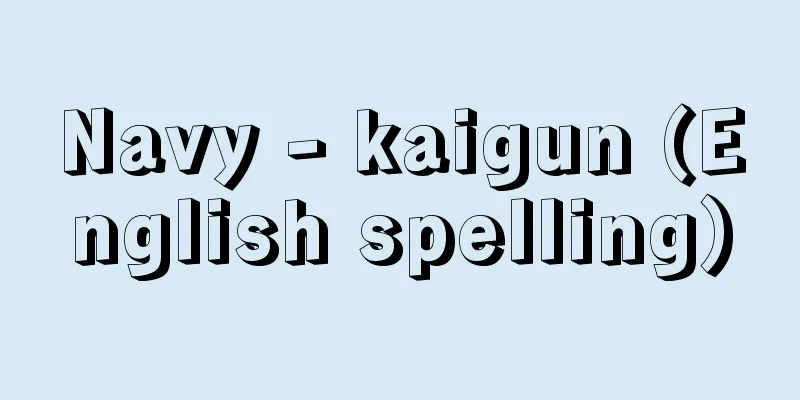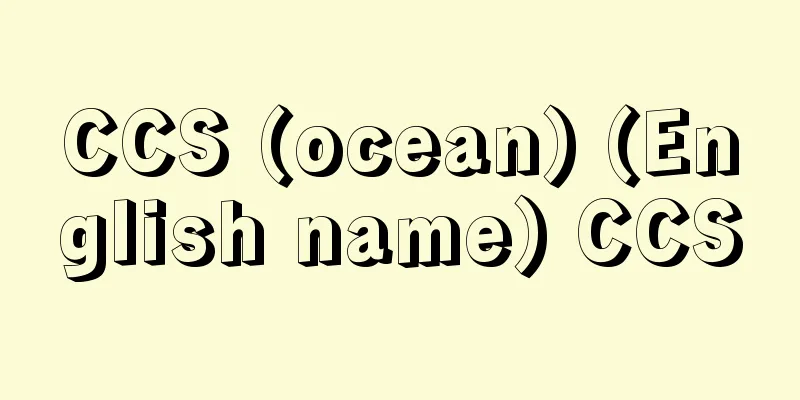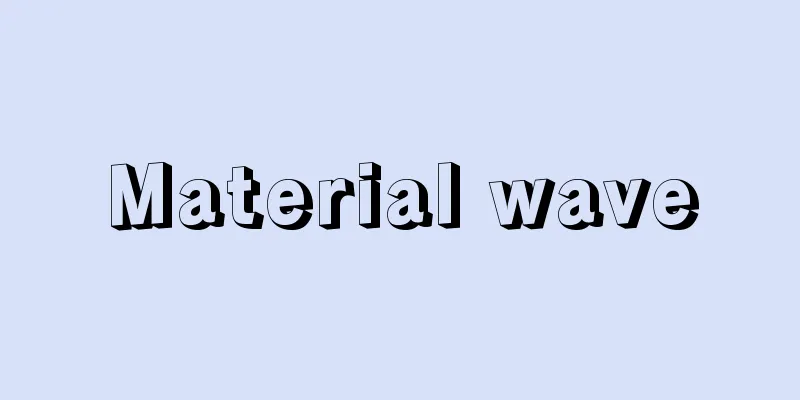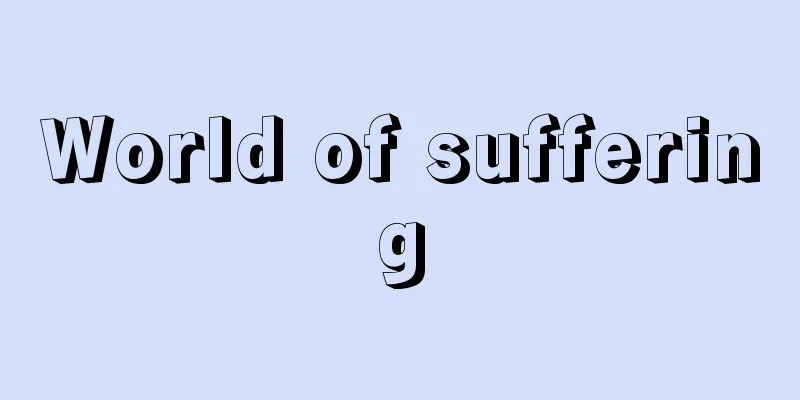Probation - probation
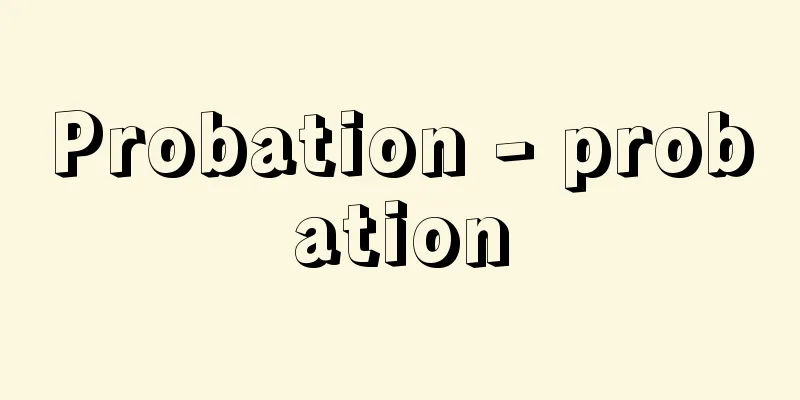
|
A disposition in which a person who has committed a crime or is at risk of committing a crime is allowed to live an independent life in a free social environment without being confined to a certain facility, while on the one hand the person is guided and supervised to comply with the rules, and on the other hand guidance and support is provided to promote the person's rehabilitation into society. Historically, there are two types of dispositions: authoritarian and supervisory dispositions under civil law, and non-authoritarian and protective dispositions under Anglo-American law. Before World War II, Japan's supervision system was supervisory, with the exception of supervision by juvenile probation officers under the old Juvenile Law, police supervision and special supervision of parolees as additional punishments under the old Penal Code, supervision by police stations over parolees as stipulated in the Prison Law, and probation under the Thought Criminal Probation Law. After World War II, it was unified into a relatively protective system, following the examples of probation (supervision accompanying suspended sentence or suspended execution) and parole (supervision accompanying parole) in the UK and the US. However, supervision does not have no supervisory meaning at all. Currently, probation in Japan is regulated by the Offender Rehabilitation Act (previously the Offender Rehabilitation Act and the Probation Supervision Act). The subjects of the current system are those who have been placed on probation by a decision of the family court as a protective measure (Type 1 observation), those who have been provisionally discharged from a juvenile prison (Type 2 observation), those who have been released on parole (Type 3 observation), those who have been placed on probation with a suspended sentence (Type 4 observation), and those who have been provisionally discharged from a women's guidance home (Type 5 observation). The period of Type 1 observation is until the individual reaches the age of 20 (or 2 years if the period is less than 2 years), while Type 2, 3, and 5 observation are set for the same period as the parole or provisional discharge period, and Type 4 observation is set for the expiration date of the suspension of execution. It is implemented by the probation office, and probation officers and probation officers cooperate to keep in appropriate contact with the subjects, constantly monitor their behavior, and give necessary and appropriate instructions to ensure that they comply with the rules and live and act in accordance with the lifestyle guidelines. In addition, depending on the needs of the subjects, they can receive education and training, medical care, public assistance, etc., and provide vocational guidance and help with finding a job. There are general conditions prescribed by law, and special conditions prescribed for each individual by the local parole board or the director of the probation office. For certain individuals, special conditions require them to take specialized treatment programs such as the "sex offender treatment program" based on cognitive behavioral therapy. In addition to the special conditions, guidelines for lifestyle and behavior may be prescribed if necessary for proper guidance and supervision. If the probation record is good enough that it is deemed unnecessary to continue probation, probation may be terminated or provisionally lifted before the end of the term as a "good measure." On the other hand, if the probation record is poor, such as committing a crime or committing delinquency again during probation or violating the conditions, the probation record may be detained or re-detained in a prison or juvenile detention center as a "bad measure." Since 1990, the "Type-Specific Treatment System" has been in place to classify probationers according to the nature of their crimes and delinquency, characteristic problems, etc., and to provide efficient treatment that focuses on the characteristics of each type. Currently, there are 13 types, such as "thinner abusers," "stimulant drug offenders," and "problematic alcohol users." In addition, a "stage-specific treatment system" was introduced in 2008, in which probationers are classified into four stages, S, A, B, and C, based on the likelihood of reoffending, progress in rehabilitation, and the need for guidance and support, and treatment activities are carried out according to the treatment content required for each treatment stage. More focused guidance and supervision are given to subjects with serious problems. This system organically links measures such as changes to treatment stages, and aims for systematic probation treatment. Probation is a typical community-based treatment, and the number of people on probation exceeds the number of people on probation who are given institutional treatment such as imprisonment or detention in juvenile prisons, making it one of the most important areas of criminal policy. [Shuichi Susuki and Akikazu Konishi September 15, 2015] Probation OfficeAn institution established in each district court's jurisdiction under the supervision of the Minister of Justice. In addition to implementing probation supervision, it also carries out tasks such as raising public awareness for the purpose of crime prevention, improving the social environment, and supporting the activities of local residents. [Shuichi Susuki and Akikazu Konishi September 15, 2015] Probation OfficerCommunity treatment experts are employed in the secretariats of local parole boards and probation offices. Based on specialized knowledge of rehabilitation in fields such as medicine, psychology, education, and sociology, they are involved in the affairs of rehabilitation and crime prevention for criminals and juvenile delinquents, including probation, investigations, and adjustment of living environments. [Shuichi Susuki and Akikazu Konishi September 15, 2015] "Japan Rehabilitation Association, ed., 'Rehabilitation Handbook', 8th edition (2014)" ▽ "Matsumoto Masaru, ed., 'Introduction to Rehabilitation', 4th edition (2015, Seibundo)" [Reference items] | | | | | | | | |Source: Shogakukan Encyclopedia Nipponica About Encyclopedia Nipponica Information | Legend |
|
犯罪を行った者や犯罪を行う危険のある者を、一定の施設に拘禁することなく、自由な社会生活の場に置いて自主的な生活を営ませながら、一方においてその者が遵守事項を守るように指導監督し、他方においてその者の社会復帰を促進するために補導援護を行う処分。沿革的には、大陸法系の権力的・監視的なものと、英米法系の非権力的・保護的なものの二系列がある。第二次世界大戦前、日本の観察制度は、旧少年法の少年保護司による観察を除いて、旧刑法における付加刑としての警察監視・仮出獄者に対する特別監視、監獄法に規定されていた仮出獄者に対する警察官署の監督、思想犯保護観察法に基づく保護観察など、監視的なものであったが、第二次世界大戦後は、英米のプロベーションprobation(宣告猶予、執行猶予に伴う観察)やパロールparole(仮釈放に伴う観察)の例に倣い、比較的保護的なものに統一されている。ただし、指導監督には監視的な意味がまったくないわけではない。現在の日本の保護観察は更生保護法(前身は犯罪者予防更生法・執行猶予者保護観察法)によって規定されている。 現行制度における対象者は、保護処分として家庭裁判所の決定により保護観察に付された者(1号観察)、少年院を仮退院した者(2号観察)、仮釈放された者(3号観察)、刑の執行を猶予され保護観察に付された者(4号観察)、婦人補導院を仮退院した者(5号観察)である。期間は、1号観察では本人が20歳に達するまで(その期間が2年未満の場合には2年)とし、2、3、5号観察については仮釈放・仮退院期間と同じ期間、4号観察については執行猶予期間満了の日までと定められている。保護観察所が実施し、保護観察官と保護司は協力して対象者と適当に接触を保ち、つねにその行状を見守るとともに、遵守事項を守り、生活行動指針に即した生活や行動をさせるため必要かつ適切な指示を与える。また、対象者のニーズに応じて、教育訓練・医療・生活保護などを受けさせ、職業を補導し就職を助ける。遵守事項には、法律に定める一般遵守事項と、地方更生保護委員会あるいは保護観察所長が個々の対象者について定める特別遵守事項がある。一定の対象者に対しては特別遵守事項として認知行動療法を基盤とする「性犯罪者処遇プログラム」等の専門的処遇プログラムの受講が義務づけられている。また、指導監督を適切に行うため必要がある場合、特別遵守事項のほかに、生活や行動の指針が定められる。保護観察を継続する必要がないと認められるほど保護観察の成績が良好である場合には、「良好措置」として期間満了前に保護観察を打ち切ったり、仮に解除することができる。他方で、保護観察中にふたたび犯罪・非行をしたり、遵守事項に違反しているなど保護観察の成績が不良である場合には、「不良措置」として、刑務所・少年院等に収容・再収容しうる。 1990年(平成2)より、「類型別処遇制度」として、保護観察対象者を犯罪や非行の態様、特徴的な問題性等によって類型化して把握し、類型ごとの特性に着目した効率的な処遇を実施している。現在、「シンナー等乱用対象者」「覚せい剤事犯対象者」「問題飲酒対象者」等の13の類型が設けられている。また、2008年(平成20)には「段階別処遇制度」が導入され、保護観察対象者を再犯可能性、改善更生の進度、補導援護の必要性に基づいてS・A・B・Cの4段階に区分し、各処遇段階で求められる処遇内容に応じて処遇活動を行っている。問題性の深刻な対象者に対しては、より重点的に指導監督等が行われる。本制度では、処遇段階の変更等の措置を有機的に関連させており、体系的な保護観察処遇が図られている。 保護観察は典型的な社会内処遇であり、数のうえでは自由刑や少年院収容などの施設内処遇を上回る対象者を抱え、刑事政策上とくに重要な分野の一つになっている。 [須々木主一・小西暁和 2015年9月15日] 保護観察所法務大臣の管理のもとに各地方裁判所の管轄区域ごとに置かれる機関。保護観察の実施のほか、犯罪予防を目的とする世論の啓発、社会環境の改善、地方住民の活動支援などの事務を行う。 [須々木主一・小西暁和 2015年9月15日] 保護観察官地方更生保護委員会の事務局および保護観察所に置かれる社会内処遇の専門家。医学、心理学、教育学、社会学など更生保護に関する専門知識に基づいて、保護観察・調査・生活環境の調整など犯罪者・非行少年の更生保護と犯罪予防に関する事務に従事する。 [須々木主一・小西暁和 2015年9月15日] 『日本更生保護協会編・刊『更生保護便覧』第8版(2014)』▽『松本勝編著『更生保護入門』第4版(2015・成文堂)』 [参照項目] | | | | | | | | |出典 小学館 日本大百科全書(ニッポニカ)日本大百科全書(ニッポニカ)について 情報 | 凡例 |
Recommend
Majorite
...The results of these high-pressure experiments...
Goodyera repens (English spelling) Goodyerarepens
… [Ken Inoue]. … *Some of the terminology that me...
Manchu - Manshugo (English spelling) Manchu
The language of the Manchu people who founded the...
Gas buoyancy balance
...For precise measurements, it is necessary to c...
Elk, LC - Elk
...First of all, research into the lyrics and mel...
Kasuga faith
Faith in the deity enshrined at Kasuga Taisha Shr...
Held, K.
…However, there are a few excellent works by F. W...
Drattle, F. (English spelling) DrattleF
...For example, banshees, leprechauns, pookas, gu...
Equipment - Equipment
…Roughly speaking, hull construction is done unti...
Rental diapers - Rental diapers
...Hospitals also began to offer bedding rental s...
Open-mouthed Sarugaku
...Other than these, there are 14 other Kamakura-...
Dhlomo, R. (English) DhlomoR
...The same can be said of writers such as Peter ...
Alternating paint - Alternating paint
A type of lacquerware. It developed during the Edo...
Oinone (English spelling)
…At his birth, he was abandoned in Mount Ida beca...
Carlson, P.
…Also known as α-ecdysone and prothoracic hormone...
